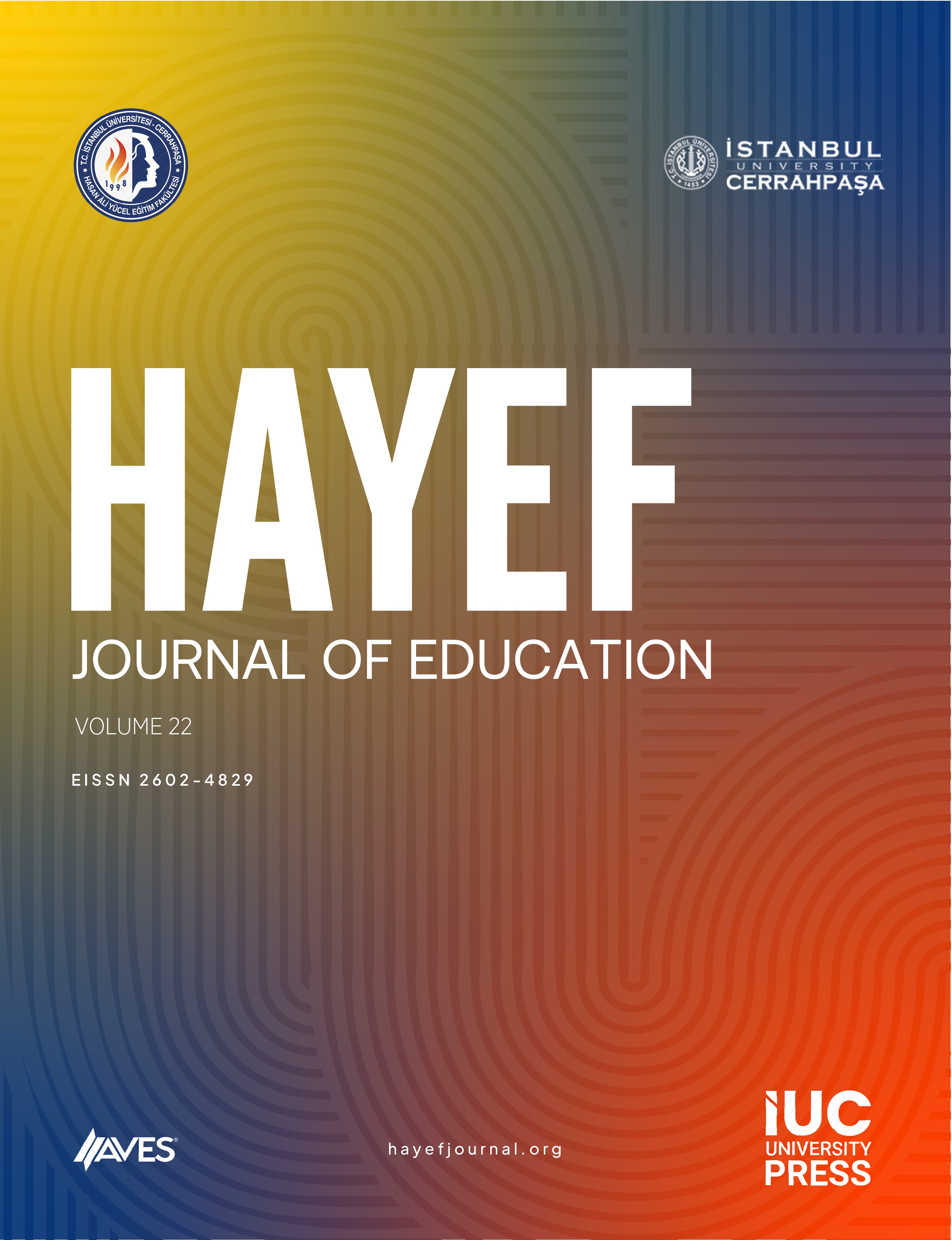The coronavirus disease-2019 epidemic, which is supposed to have first appeared in Wuhan, China, and was declared as a pandemic by the World Health Organization, has caused positive and negative changes in many areas from people’s business lives to their daily lives. Coronavirus disease-2019 has caused people to form certain ideas about the virus and have a perception. Therefore, this study, which aims to reveal the perceptions of secondary school students about coronavirus disease through metaphors, was carried out with 304 students in Şanlıurfa and Kütahya, using the basic qualitative research design. “Coronavirus (COVID-19) is like….. because….” open-ended questionnaire forms in sentence structure were prepared and data collection was carried out electronically. The data were analyzed using the content analysis method. It was revealed that the students participating in the study produced 186 different metaphors. Metaphors are divided into 20 different categories according to the reasons for choosing them and their common features. Among the metaphors produced by the participants, it is seen that the most used ones are “flu, disease, fire, grim reaper, germ, enemy, contagious.” As a result of the research, it was concluded that the meanings attributed by the students to the concept of coronavirus are generally negative and very diverse.
Cite this article as: Varol, M., Tuna, S., & Anilan, B. (2022). Middle school students’ perception of coronavirus (covid): A metaphor analysis. HAYEF: Journal of Education., 19(2), 101-113.



